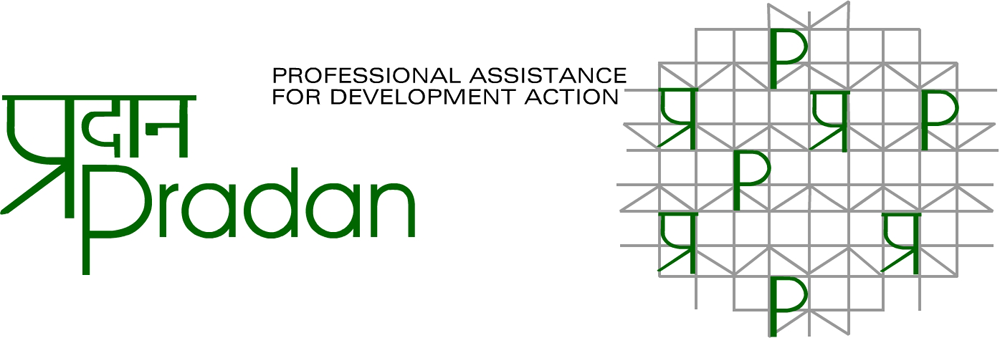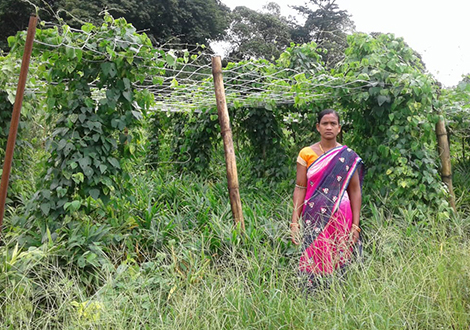Innovation in Ginger Cultivation To Enhance Productivity
by Rasmi Ranjan Sahoo
- Home
- Field Stories
- Innovation in Ginger Cultivation To Enhance Productivity by Rasmi Ranjan Sahoo
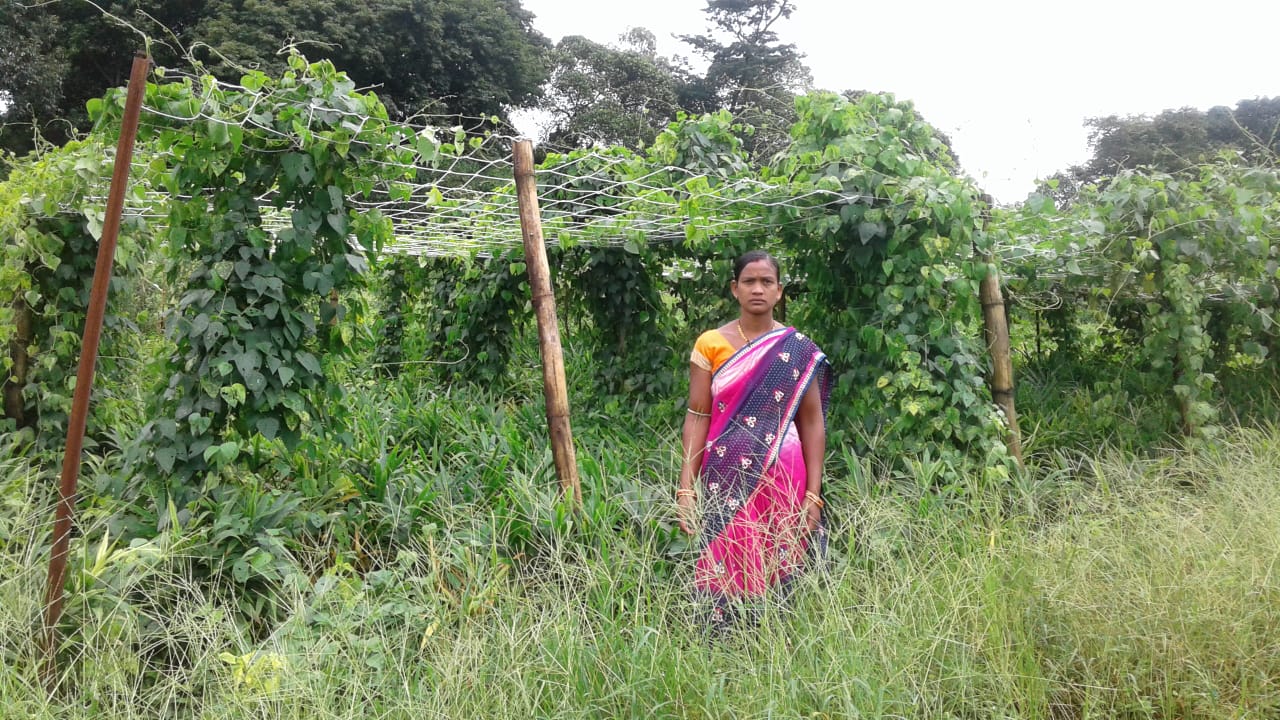
Photo Credit: Amara Burudi, SHG: Badadevi
Background
Ginger is an important cash crop cultivated by the tribal farmers of Odisha for their livelihood. Odisha is environmentally suitable for, and has the highest area under ginger cultivation in the tribal belt of Kandhamal, Koraput and Keonjhar. Tribal farmers of Koraput, Semiliguda, Nandapur, Lamataput, Dasmantpur and Pottangi have been cultivating the spice since very long and the red soil favours conditions for a good harvest. Ginger is a tuber crop which takes 8 months for cultivation.
1. Key Challenges Faced-
- a) Productivity- Productivity of ginger in India is more (3.42 MT/ha) than the average productivity (2.55 MT/ha) in the world. However, the productivity in the tribal belt of Koraput, Semiliguda, Nandapur, Lamataput, Dasmantpur and Pottangi is around 1.90 MT / ha which is much below other states in India.
- b) Variety prone to bacterial Rhizome rot-In the Nandapur block of Odisha, ginger is prone to bacterial attack as the mother seed is cut out during rainy season, which makes the crop susceptible to bacteria attack. The farmers tend to sell the mother seed in August as they get a much higher price then as compared to selling the end produce in December (without taking the mother seed). December to February are months of high production and supply of ginger, including the preferred variety from Bangalore. Ginger from Bangalore is in fact available at much lower rates.
- c) Water logging- Koraput is one of the high rainfall areas with average rainfall of 1550 mm per annum. This leads to damaging the roots of the crop.
2. Key initiatives taken during LEAP project period:-
To mitigate the above issues, the PRADAN Nandapur team brought into play the learnings from the ginger practices in Karnataka and inputs from the Spice Research Centre to counter both the low productivity and bacterial/fungal attack issues.
Three farmers were selected to experiment with the new techniques of farming, on the basis of their years of experience in ginger cultivation, willingness to provide a minimum of 40 decimals for the experiment, have 600 kg of seeds to sow, and their agreeing not to use any chemical fertilizer or pesticide in the experiment plot. The key elements of the experiment were:
- a) Decomposed Cow Dung: Nine cubic meter of decomposed cow dung was used instead of three cubic meters (generally used by farmer with chemical fertiliser) in the 40 decimal experimentation plot. This was done to increase microbial activity in the soil structure and to reduce the use of chemical fertilizers like DAP, Potash and Urea, which have an adverse effect on the soil in the long run.
- b) Organic preparation: Out of the nine cubic meter of decomposed cow dung three cubic meter of decomposed cow dung was treated with 1kg of Trichoderma (organic fungicide) and 1 kg of Psudomonas (organic bactericide) with jaggery water.
- c) Intercropping: Trellis method for intercropping was introduced and flat beans were sowed (instead of pigeon pea or maze as sowed in the past), along with boundary crops like pumpkin and corianders to avoid growth of weeds. Our learnings showed that ginger is a shadow loving plant which doesn’t require exposure to sunlight all the time. So, we planted flat beans over the ginger plants in horizontal trellis.
- d) Continuous trench all around the perimeter of the plot: A continuous 1 feet deep trench was made around the periphery of the plot. And with it a 2feet x 3feet pit was dug at the lower side of the plot. The trench stopped the top soil from flowing out of the plot, instead it collected in the pit. Also the organic waste from the field was thrown into the pit to produce organic manure.
- e) Application of organic fertilizer: Organic fertilizer was prepared with the available resources like cow dung, cow urine and some forest leaves and used for controlling pest attack (Handi Khata and Agneyastra) and adding low cost vitamin (Jeebamruta) to soil.
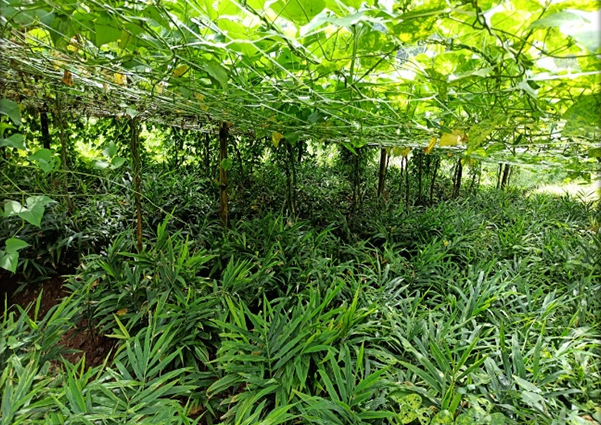
3. Impact
- a) Productivity and Income: The productivity in the tested areas went up to as high as 5.7 MT/ha. In the context of a 40 decimal plot of land, while the average investment was around INR 47,330 , the average net income used to be the tune of INR 52,580. Post the intervention, the net income of a farmer went up to INR 200,000 at the same investment and price levels.
- b) Quality of the produce: While the average produce from a single plant was about 500 to 700 gm., the average produce from a single plant, post the intervention is about 900 to 1200 gm.
Amara Burudi, one of the women farmers who participated in the organic ginger cultivation experiment on her 0.16 hectare land, beamingly shares, " By doing organic ginger cultivation, I minimised disease attack on my crop. I spent very little money for buying organic medicines. When I harvested my ginger crop, I found only 2 bags of damaged crop out of a total of 112 bags. I also earned an additional INR 10,000 income from my trellis (by selling flat beans)."
4. Way forward:
The FPO, Koraput Nari Sakti Farmers Producers Company Limited (KNSFPCL), Lamtaput, Koraput is planning to scale up this farming practice with 2000 ginger farmers. The total coverage will be 800 acres in FY 2022-‘23. To meet the growing demand of decomposed cow dung, there is plan to introduce an organic compost plant in the area. The cost of horizontal trellis being high, we are seeking subsidy support from the relevant government department for the same. KNSFPCL is also planning to sell different types of organic products to ginger farmers. And purchase 50% of their produces from the farmers’ door step.
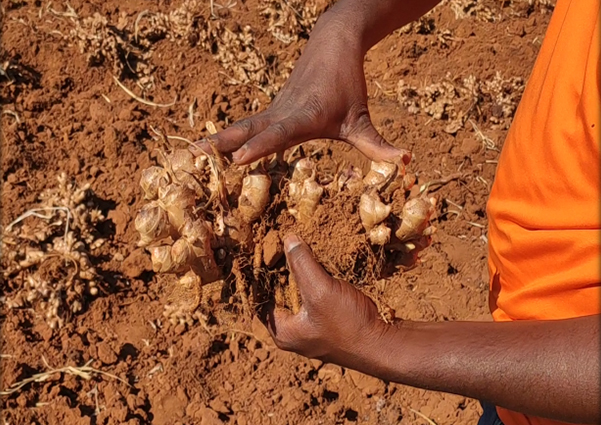
Special inputs: Sudhir Sahni, New Delhi

